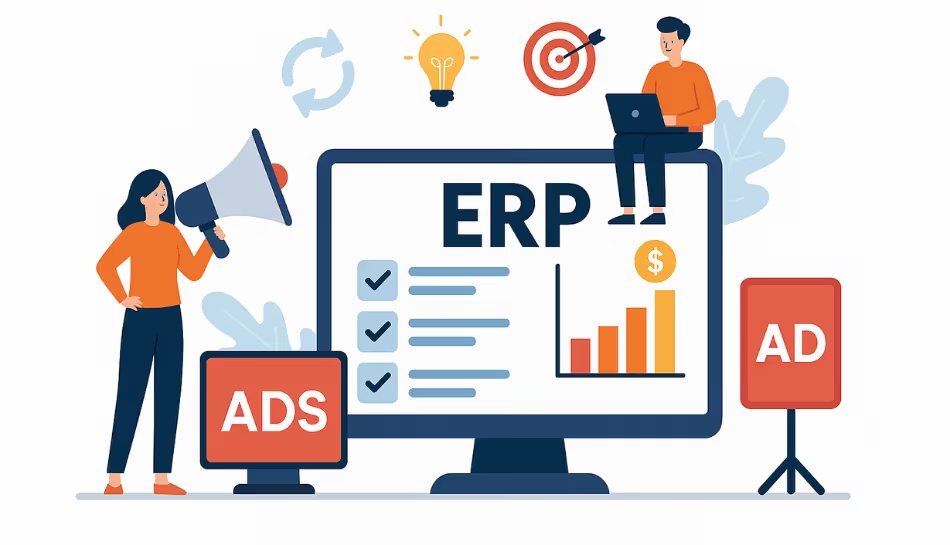
As lending becomes more competitive, financial institutions, whether banks, NBFCs, or microfinance companies, are moving away from manual loan tracking methods and embracing automation. At the heart of this transformation is the Loan Management System (LMS).
A loan management system simplifies and automates the entire lifecycle of a loan, from disbursal to final repayment. Whether you're offering personal loans, business credit, or microfinance, a reliable LMS can dramatically improve how you manage borrowers, collect repayments, and stay compliant.
Let’s break down what an LMS is, what it does, and why it's essential for modern lending.
What is a Loan Management System?
A Loan Management System (LMS) is a software platform that helps lenders oversee and automate every stage of the loan process after the loan has been approved. Unlike a Loan Origination System (LOS), which handles applications and approvals, the LMS focuses on:
- Disbursing funds
- Setting up repayment schedules
- Tracking payments and delinquencies
- Generating reports
- Managing customer communication
Whether you're handling thousands of loans or a small portfolio, an enterprise loan management system ensures every repayment is tracked, every change is logged, and no task is missed.
Key Features of a Loan Management System
Modern LMS loan management systems come packed with features to support efficient and secure operations. Some of the most important include:
1. Automated Repayment Scheduling
LMS can generate EMI schedules, auto-debit instructions, and reminders for borrowers, reducing defaults and manual follow-ups.
2. Real-Time Loan Tracking
Monitor outstanding balances, upcoming payments, and late dues in one dashboard.
3. Flexible Loan Structuring
Supports multiple loan types: fixed, reducing balance, bullet, overdraft, and more, ideal for diversified portfolios.
4. Delinquency Management
Auto-flag late accounts, apply penalties, and send automated SMS/email reminders.
5. Accounting Integration
Sync repayment data with your accounting software for real-time balance sheet updates and reconciliation.
6. Document Management
Store KYC documents, loan agreements, and collateral records securely within the system.
7. Compliance and Reporting
Generate audit-ready reports, RBI-compliant formats, and customer statements at the click of a button.
Benefits of a Loan Management System
Implementing an LMS loan management system offers several advantages:
- Faster Loan Servicing
Automated workflows mean less paperwork, faster disbursals, and quicker follow-ups.
- Reduced Errors
Say goodbye to spreadsheet mistakes. LMS calculates interest, penalties, and balances with accuracy.
- Improved Customer Experience
With borrower portals and timely reminders, customers stay informed and engaged.
- Better Portfolio Management
Track performance across loan types, regions, agents, and branches, perfect for scaling.
- Stronger Risk Control
Instant alerts on overdue loans help you act quickly and reduce losses.
LMS for Microfinance Institutions
Loan management systems for microfinance are specially built to handle:
- Group loans and joint liability models
- Small-ticket EMIs
- Mobile-based repayments
- Field agent workflows
They also work well in offline-first environments with syncing capabilities for rural operations.
Enterprise Loan Management Systems
Larger institutions need an enterprise LMS that supports:
- Multiple branches and teams
- Third-party integrations (LOS, CRM, accounting)
- Advanced analytics
- Loan securitization and portfolio sales
- Multi-currency and multi-language options
These systems often offer custom modules and robust APIs for seamless digital transformation.
Final Thoughts
In the lending world, staying organized and timely is the key to profitability. A loan management system ensures every rupee is accounted for, every customer is tracked, and every repayment is planned.
Whether you’re a startup microfinance firm or a national NBFC, adopting a modern LMS is not just a technology upgrade, it’s a smarter way to grow your business and serve borrowers better.

